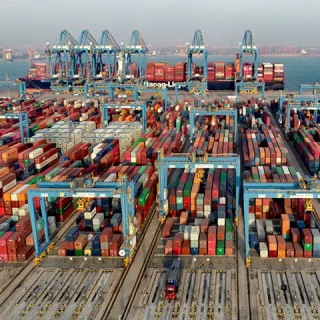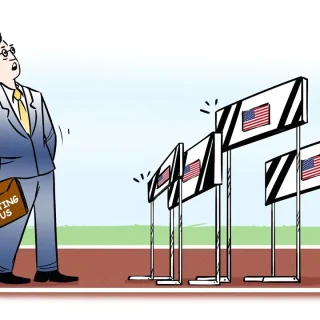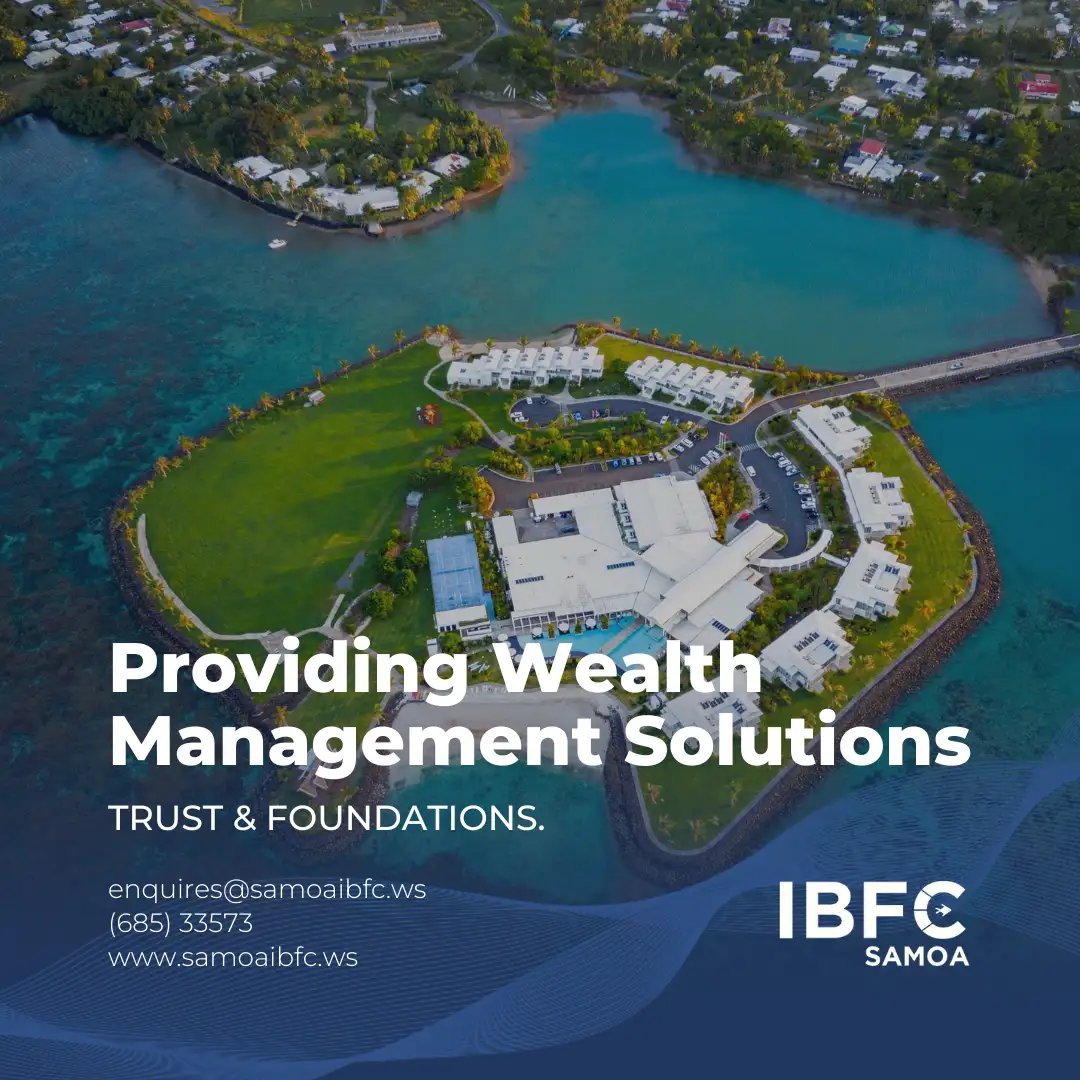To remain competitive and responsive, industry players in the Investment Migration Industry must transition to integrated, cutting-edge technology systems. This article explores essential technologies—stakeholder portals, secure document management, workflow automation, artificial intelligence (including specialized AI solutions), and centralized databases—that address common challenges faced by organizations dealing with fragmented systems and disorganized processes, which often lead to inefficiencies and errors.
Various stakeholders within the Investment Migration Industry stand to benefit significantly from adopting these integrated technology solutions:
- International Marketing Agents (IMAs) will experience improved efficiency and accuracy in managing client interactions and document submissions, ultimately enhancing client satisfaction and streamlining processes.
- Licensed, Local, or Authorized Agents gain smoother collaboration with IMAs, reducing administrative burdens and enhancing data management and communication clarity.
- Government Investment Migration Units will benefit from increased oversight capabilities, streamlined verification and due diligence processes, and improved overall transparency and security.
- Applicants will benefit directly from easier document submission, real-time application tracking, and quicker, more transparent processing, leading to enhanced trust and satisfaction.
Stakeholder Portals
A stakeholder portal is an online platform designed specifically to facilitate efficient communication, collaboration, and information exchange among all relevant parties involved in investment migration processes. Stakeholder portals provide tailored functionalities to each user group, enabling secure document submissions, real-time tracking, simplified oversight, document verification, and coordinated due diligence processes. This targeted approach significantly enhances transparency, reduces confusion, and builds trust across all stakeholders. For International Marketing Agents (IMAs), such portals primarily facilitate communication with clients, allowing applicants to securely submit documents and track application status. For Licensed, Local, or Authorized Agents, the portal enhances collaboration with International Marketing Agents (IMAs), simplifying the management of documents and information exchange. Government Investment Migration Units utilize their own stakeholder portals to efficiently coordinate with licensed or authorized local agents, streamlining oversight, document verification, and due diligence processes. This tailored approach ensures transparency, builds trust across all levels, and minimizes confusion and unnecessary communication.
Secure Document Management
Secure document upload capability is an essential part of this process. For many programs, applications can be complex and require extensive supporting documentation. Using a secure, centralized platform ensures sensitive files—such as financial statements and personal records—remain protected and properly linked to the correct applicant. Furthermore, a robust document management system must provide precise control over which team members can view specific documents. This targeted access significantly reduces the risk of unauthorized viewing, helps maintain confidentiality, simplifies compliance and auditing processes, and ensures that sensitive information is accessible only to individuals who require it for their roles.

Figure 1. File upload within the Saturn platform provides detailed requirements for the uploaded document
Workflow Automation
Automation can elevate these collaborative portals to a new level of efficiency. When the right workflow engine is in place, tasks such as document checks, communications with external partners, and the generation of certificates or official notices can run without constant human intervention. Rather than juggling spreadsheets and emails, an automated system can prioritize tasks, notify the right department when it is their turn to act, and even integrate with third-party due diligence or government security services for data verification. The time saved by these features can be enormous, removing weeks or even months from the overall timeline and ensuring the process remains consistent and traceable.
Artificial Intelligence
Recent advancements in Artificial Intelligence (AI) technology offer valuable support in processing and reviewing applications. Multimodal models like Claude, GPT-4o, and Google Gemini 2.0 have the potential to effectively check documents to verify compliance with program requirements. The reasoning models like Open AI’s o1 and o3 family can be used to analyze data and provide insights, enhancing informed decision-making.
However, it’s crucial to be cautious of AI “hallucinations,” a term referring to instances when AI models confidently present incorrect or fabricated information. To mitigate this risk, Large Language Models (LLMs) such as ChatGPT should primarily be used in contexts where verified facts are already available, and their primary task is processing and summarizing this existing information.

Figure 2. AI-powered document review in the Saturn platform
Some tasks benefit from specialized AI solutions rather than general-purpose large language models. For instance, Mistral OCR by Mistral AI is currently the best at extracting data from PDFs or images, even interpreting information from charts and graphs. Integrating these models strategically boosts reliability and accuracy significantly in your workflow.
Centralized Databases
A centralized database is fundamental for effective data management, enabling seamless collaboration, accurate reporting, and timely decision-making. Unlike fragmented solutions such as Excel sheets and scattered file folders, a centralized database promotes data integrity, simplifies collaboration, and ensures stakeholders have rapid, reliable access to the information they need. Additionally, an advanced database solution enhances security by allowing precise control over who within the organization can access specific applicant data. By restricting visibility based on roles and responsibilities, organizations significantly reduce the risk of unauthorized access, safeguard sensitive information, and ensure compliance with privacy regulations. This targeted access ensures that each team member can efficiently perform their role without exposure to unnecessary or sensitive details, maintaining confidentiality and building trust among stakeholders.
While these technologies work great by themselves the real magic happens when they are all in the same system. Bringing all of these pieces together means creating one cohesive system in which every user, from applicants to back-office staff, can find exactly what they need without toggling between multiple platforms. Each user’s experience is tailored to their specific role, giving them the information and capabilities that are relevant to their responsibilities. Document folders and disjointed spreadsheets can thus be replaced by a streamlined platform with built-in security, a uniform workflow engine, and the ability to embed AI and other emerging technologies wherever they can add value. Our Saturn Platform exemplifies such integration, offering these advanced capabilities tailored specifically to the needs of the Investment Migration Industry. To learn more about how these technologies can be effectively incorporated into your operations, we encourage you to explore the potential of Saturn.
In short, the ideal technology for the investment migration industry is neither a single feature nor an isolated application. It is an integrated ecosystem that intelligently ties together collaboration, security, automation, AI, and centralized data. As the industry continues to evolve and expand, so too will the need for advanced tools that can adapt to new requirements, reduce administrative burdens, and provide reliable insights. By embracing these technologies, organizations can not only keep pace with the current demands of investment migration but also build a strong foundation for any future developments.
Author: Chad Fraser • Co Founder & Chief Executive Officer–sonover










